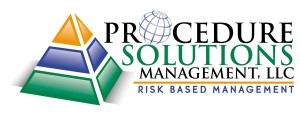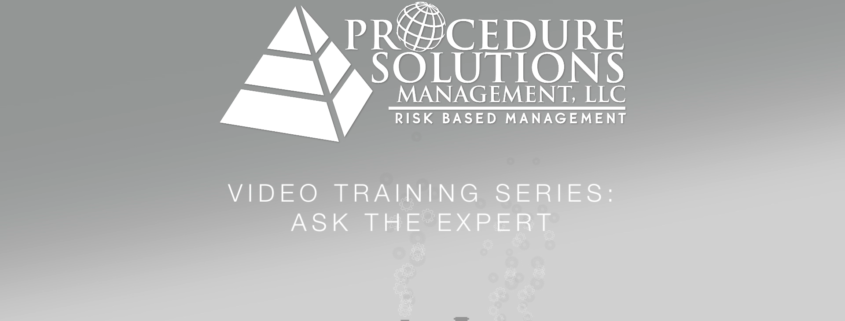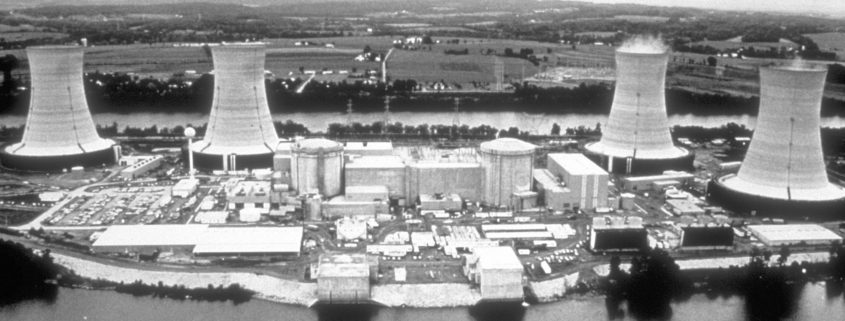
For any “high risk” industry, the ability to successfully execute tasks in a consistent, high-quality manner is as critically important today as it has ever been. The predictability of the outcome of these tasks is crucial in ensuring the safe and reliable execution of work processes. This is especially true for utilities. According to a March 2015 Electric Light and Power article, “more than one-half of the current utility workforce will be eligible to retire in the next 6-8 years.” A similar article from Power Engineering puts that number even higher.
The Bottom line is: The aging workforce issue and the resultant hiring of less experienced staff is guaranteed to place higher demands on the creation and/or maintenance (routine updating) of procedures and work instructions.
Which brings us to critical steps…
Many industries have (or are now adopting) rules to identify “critical steps” in procedures and work instructions during the creation or revision of these documents and/or just prior to work execution (e.g. during pre-job briefs).
A critical step, as defined by the Institute of Nuclear Power Operations (INPO), is:
“A procedure step, series of steps, or action that, if performed improperly will cause irreversible harm to plant equipment or people or will significantly impact plant operation.”[1]
If you are in an industry that does not have a “plant,” the significant impact could be simply the direct result of an unfavorable outcome that may include irreversible harm.
Industry guidance also provides the following additional guidance for consideration:
“Critical steps for a procedure or work instruction are identified during the task preview or pre-job briefing.
When preparing to execute a critical step, the performer stops to review the situation to ensure the following:
Current conditions match expected conditions. If job-site or system conditions are different than expected, the performer stops, contacts the supervisor, and resolves the difference prior to proceeding.
The expected results of step performance are understood.
The correct component is verified before the critical step is performed.
The focus is on the task at hand as each action is performed.”[1]
Where is the Misconception?!! Continue reading…
This industry guidance has been around for a number of years in the commercial nuclear industry and it has been fairly successful. However, as the workforce changes, a word of caution is needed.
It is important for personnel, and most notably supervisory personnel, to understand that the identification of a critical step using the guidance provided above may only help to identify where the failure is going to occur versus preventing irreversible harm.
Personnel and supervisors must be aware that every action step consists of three main parts: “Who, What, and How.”
I think we would all agree that during critical step identification the “who” is the person designated to perform the step; consequently ownership is clearly identified.
Where the misconception most commonly occurs is ensuring the critical step clearly communicates the correct level of detail to ensure the successful completion of the step; or simply stated: the balance between an instruction step that directs “what-to-do” or “how-to-do.”
At every step, the performer must clearly understand “how” to perform the task. When the step is identified as critical, it must be understood without question. No in-field decisions. No assumptions. So, despite having an understanding of the expected results, it is more imperative that the performer understands “how” the step is to be performed especially if the instruction is written at only the “what-to-do” level for detail.
Conclusion
To conclude, the misconception is this: despite industry efforts to proactively identify the location of critical steps, it is even more important that the critical step provides the correct level of detail that aligns with the needs of the performer. Supervisors need to ensure that not only is the expected result clearly understood, but also that the performer clearly understands “how” to perform the task and has the tools to be successful.
Author’s note: The Institute of Nuclear Power Operations guideline is used as a reference herein. However, the concept of a critical step is applicable to any high-risk industry.
[1] Institute of Nuclear Power Operations, “Guideline for Excellence in Procedure and Work Instruction Use and Adherence.” Rev. 0, June 2011
Interested in learning more about how Procedure Solutions Management can make your Human-Factored writing more successful? Please contact us for more information.
For additional details on how to determine the correct level of detail, check out Level of Detail – Not Just the Who, What, How. If you like our content, subscribe to our blog using the link to the right of this post.





![A critical step as defined by the Institute of Nuclear Power Operations (INPO) is: “A procedure step, series of steps, or action that, if performed improperly will cause irreversible harm to plant equipment or people or will significantly impact plant operation.”[1]](https://proceduresolutionsmgmt.com/wp-content/uploads/2016/11/powerlines-845x321.jpg)





